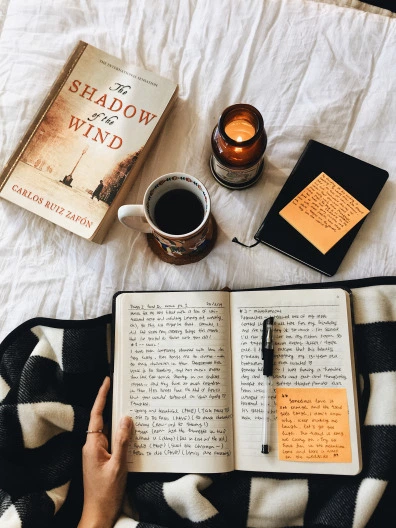I don’t think anyone understands the amount of work that goes into the making of a book. Not until now am I slowly realising just how much background planning is involved in polishing a manuscript and preparing it for publication. The hours, weeks, months of writing and rewriting aren’t enough. Having a pro editor looking through your work to deliberately find continuity errors and mistakes is all part of the process. Without that, you’re looking at delivering a shonky book to readers who are likely to pick it apart and scrutinise it themselves. So what do you do when your get your first structural notes sent through? Panic? Cry? I’m guessing these are quite common responses. I’ll tell you what I did.
- I went walking. First things first, you need to let the edit notes and suggestions settle in. I was given advice to not do anything on the edits for at least 2 days. Just let them sift through your subconscious before diving in. This advice worked so well. Already I was getting ideas and sorting through the suggestions.
- I printed the notes out and coloured-coded them. Red: HARD, BIG CHANGES, PLOT ADJUSTMENTS. Orange: MEDIUM ADJUSTMENTS. Green: EASY FIXES
Doing this made it feel less overwhelming knowing I could have some of the changes done in a day, some in a sentence, and some that would need deeper thinking/more walking and pondering.
- I used sticky notes to visually “see” my whole story and each scene in different colours (with pages numbers). This is great for subplots and different timelines. I then moved them around to suit the suggested edits. (I kept them in order so that when I went back to the laptop, I could cut and paste them by their page number.)
- I wrote down the fixes to the problems in bullet form in a Word Doc so that I had it written in my own words. I then submitted these changes to the publishers before going ahead with them.
- Once I got the go-ahead, I started on the GREEN changes first.
- After that, I rearranged my whole structure so that I could do the ORANGE and RED changes with the structure properly assembled. I removed A LOT of words and crappy scenes. What started as a 3 part plot ended in 2 parts.
- Then I did the ORANGE changes, making sure that whatever I was changing would follow through and align with the old story. Ie, new characters needed mentioning before and after the new scenes.
- I finished with the RED changes which took the longest time, adding in new scenes, bumping my word count back up and past the original word count.
- I read aloud the new scenes with Microsoft READ ALOUD function.
- I drunk A LOT of red wine.
- I worked all day, every day for 3 weeks (sometimes even night and Sundays)
- Then I took a holiday. LOL
The second round of edits felt a lot easier to handle and I had them done in a day and a half. The copy edits will be another thing all together, but I hope this little diary helps whoever is about to receive their first round of edits. It’s full on because you want to impress the publisher so much (after all, it’s the first time you’re starting to work with them). You want to leave them with a good impression and you want to keep to the deadline too. I know I’ll follow this again when I start my edits for The Rip. Just try to remember they love your work and your writing, otherwise they wouldn’t have offered you the book deal! So whatever you choose to do, they’ll be on your side.
Good luck! Hope this helps.
Holly x




0 Comments